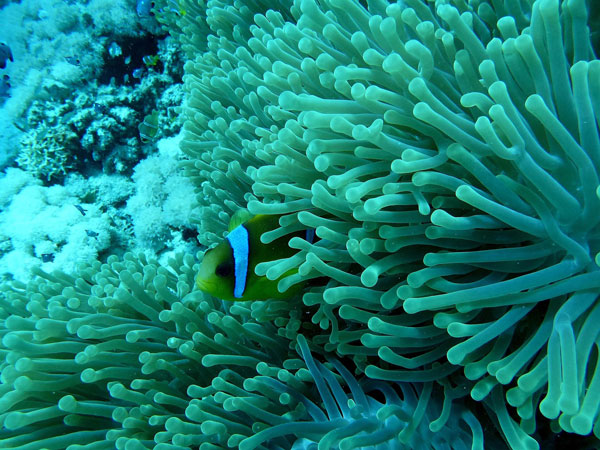84% of the world's corals are bleaching and dying due to the rising temperature of the ocean

[Coral reef, Credit to Pixabay]
Over the past two years, a large-scale bleaching phenomenon has been intensifying in more than 80% of the world's coral reefs as ocean temperatures continue to rise due to climate change.
According to the International Coral Reef Initiative, the bleaching of the world's coral has reached unprecedented levels of severity in recorded history in the oceans' reefs.
Bleaching is a phenomenon in which the coral loses its color and turns white due to exposure to stressful conditions such as elevated ocean temperature or pollution.
Corals expel the microscopic algae living in their tissues when subjected to stressful environments, and the tissues become transparent over time without the algae, turning white.
This marks the fourth time bleaching was observed globally, first in 1998 when 21% of the world's coral bleached, second 37% in 2010, and third 68% in 2014-2017.
The rise in ocean temperature is said to cause unprecedented coral damage.
The year 2024 marks the first time that temperatures have risen more than 1.5 degrees Celsius compared to pre-industrial times, and in the past 10 years, they have risen by about 1.2 degrees Celsius.
Corals are susceptible to bleaching if ocean temperatures remain 1-2 degrees Celsius higher than usual for more than 4 weeks, and a large-scale bleaching may occur when continued for more than 8 weeks.
The International Coral Reef Initiative has described this fourth bleaching event as "unprecedented in scale", and the damage prompted the addition of bleaching alert scale levels 3 to 5 to its previous 1 to 2 scale.
Previously, level 2 indicated the risk of mortality for heat-sensitive corals; now, level 5 denotes long-term damage with the potential for mass mortality of more than 80% of corals.
It is estimated that about 25% of the marine species that coexist with coral reefs can disappear.
The Great Barrier Reef in Australia, which is the world's largest coral reef, has experienced its sixth mass bleaching in nine years.
The Australian Institute of Marine Science(AIMS) reported that the bleaching is so severe that it is difficult to even manage field monitoring.
Coral bleaching is now occurring in regions previously considered relatively safe, such as the western Indonesian archipelago of Raja Ampat and the northern Red Sea, indicating that there is no safe place on Earth for coral reefs.
Coral reefs are a crucial part of the health of the ocean, providing a home and source of food to marine animals, protecting coastlines, and regulating Earth's climate by absorbing carbon dioxide.
The bleaching phenomenon of corals could accelerate the collapse of the marine ecosystem, including the destruction of marine life habitats, and needs urgent action to stop global warming.
Although coral bleaching does not mean immediate death, recovery depends heavily on environmental conditions and time, emphasizing the need to invest in marine ecosystem conservation seven times more than we do now.
Corals can recover from bleaching only if the temperature drops and becomes a normal condition to live, making the action to protect the ecosystem essential, which could reduce greenhouse gas that warms the planet.

- Yezi Jang / Grade 10
- Asia American International Academy

![THE HERALD STUDENT REPORTERS [US]](/assets/images/logo_student_us.png)
![THE HERALD STUDENT REPORTERS [Canada]](/assets/images/logo_student_ca.png)
